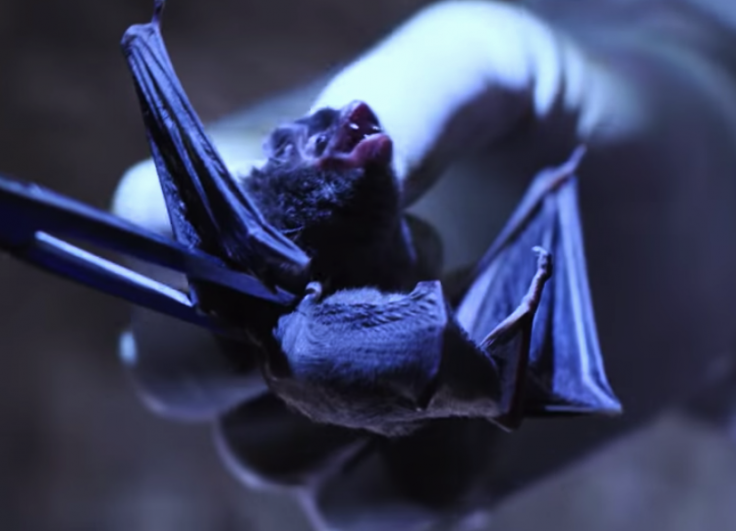Wuhan Lab has long been claimed as the origin of the novel Coronavirus by many including U.S. President Donald Trump. While the lab might not have bioengineered the virus, there could be some truth to its origin in that Chinese lab.
The origin of the new Coronavirus has long been debated with different studies indicating various possible roots. But one of them had compelling evidence to suggest that Wuhan lab could be one potential origin.
Virologist Dr Jonathan Latham and Molecular Biologist Dr Allison Wilson translated a 66-page thesis, originally written in Mandarin by Dr Li Xu of Kun Ming Medical University in May 2013.
Dr Xu had treated six people, who fell ill after cleaning bat feces in Mojiang Copper Mine in Yunnan province in 2012. All of them had a high fever, sore limbs, dry cough and in some cases headache — all of the symptoms are now associated with COVID-19.
Even their treatment plans have similarities with COVID-19. Dr Xu described that the miners were treated with ventilation, steroids, a variety of drugs and blood thinners. COVID-19 patients are also being treated similarly. Eventually, three of those miners died.

"The evidence it (the thesis) contains has led us to reconsider everything we thought we knew about the origins of the COVID-19 pandemic," Latham and Wilson wrote in the article 'A Proposed Origin for SARS-CoV-2 and the COVID-19 Pandemic' in Independent Science News in July.
Wuhan Lab Connection
Dr Xu conducted multiple tests for dengue fever, HIV and hepatitis after the miners showed no signs of improvement. He consulted with various specialists in China. He even consulted with Dr Zhong Nanshan, who is touted as a hero for managing the 2003 SARS outbreak.
Latham and Wilson wrote that Xu's meeting with Nanshan was of particular significance as "it implies that the illnesses of the six miners were of high concern and, second, that a SARS-like coronavirus was considered a likely cause."
Following that, Dr Xu sent tissue samples from the miners to the Wuhan Institute of Virology where scientists found the infection likely came from Chinese rufous horseshoe bat, as per the thesis. However, Latham and Wilson believe that the researchers in Wuhan lab although collected the samples from bats, they missed the 2012 connection, reported New York Post.

During that time, Dr Shi Zhengli was conducting research on bat coronavirus at the Wuhan lab. Dr Zhengli is also known as "bat woman" for her extensive research in bat coronavirus. Her team and she showed in a study that RaTG13 virus (bat coronavirus) had 96.2 percent similarities with SARS-CoV-2 that causes COVID-19.
Latham and Wilson believe that the RaTG13 virus had evolved into SARS-CoV-2 after infecting the miners. And when her lab used medical samples from miners that were sent by Kun Ming University Hospital, "the human-adapted virus escaped from the WIV in 2019," they say.
Evolutionary Discrepancies
However, many experts including virologist Edward Holmes believe the 3.8 percent difference between RaTG13 and SARS-CoV-2 is significant and it would take 20-50 years of evolution to develop into that new specie.
But Latham and Wilson argue that the virus already had a perfect human host to swiftly evolve. "We agree that ordinary rates of evolution would not allow RaTG13 to evolve into SARS-CoV-2 but we also believe that conditions inside the lungs of the miners were far from ordinary. Five major factors specific to the hospitalized miners favored a very high rate of evolution inside them," they said.









